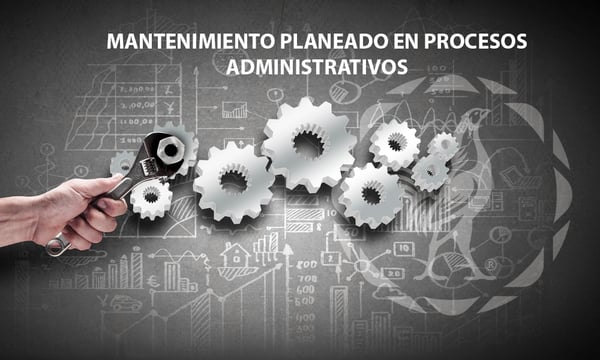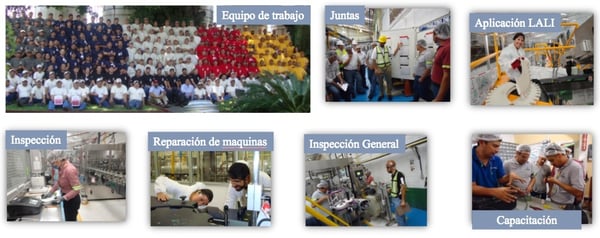
Because of the implementation of the TPM methodology within the operations department at Casa Sauza, we have managed to increase our productivity at a lower cost. Our employees better utilize the equipment and they have improved their skills to such a degree that they are now “Technical Operators”. Find out how we have achieved this at Casa Sauza.
Because of our operational success using the TPM methodology, Casa Sauza has chosen to apply the TPM pillars in the administrative areas of the company. In this blog post we will discuss the Planned Maintenance pillar, its impact on the administrative processes and analyze 3 of the 7 steps of this methodology.
Let’s begin by defining planned maintenance.
What is Planned Maintenance?
The Planned Maintenance pillar has two objectives to achieve:
- Improve the effectiveness of operational equipment
- Reduce maintenance costs and equipment failure through scheduled maintenance
The two metrics I monitor are equipment breakdowns and costs. Success is achieved when equipment is in optimal manufacturing condition thereby eliminating un-planned maintenance. These two combined will increase productivity and decrease costs.

Planned Maintenance Methodology
The Planned Maintenance methodology has 7 steps:
- Step 1.- Asses the current state
- Step 2.- Repair equipment to optimal state
- Step 3.- Create standards for Preventative Maintenance
- Step 4.- Implement Proactive Maintenance
- Step 5.- Improve inspection and maintenance efficiency
- Step 6.- Implement quality maintenance
- Step 7.- Horizontal replica
The challenge that we face when applying " Planned Maintenance " is that it revolves around machines, breakdowns, inspections, etc. It is something where you have documents, administrative processes, reports…These moving parts must be considered.
Let’s take a look at the details of steps one, two and three of how to adapt Planned Maintenance to administrative issues.
Step 1 - Assess the current state
The current state of the administrative process was created using a Process Map. With this, sub-processes and recurrences were identified. The breakdowns in the administrative processes will be forgetting to follow them, lack of willingness to follow the processes or any other type of activity that causes a delay or lack of follow-through.
Step 2 - Repair equipment to optimal state
Using my Master Plan as a reference, recurring activities are identified along with time, materials, authorizations and external vendors needed to complete them. With this information, repairs can be made. I don’t want a “breakdown” to occur because of a lack of planning.
Step 3 - Create standards for Preventative Maintenance
The tentative standards are the times at which I carry out my activities. And why are they tentative and not final? Because we will have to improve them. We won’t improve them by changing the date of the activity but rather by improving the amount of time needed to complete the process or sub-process. By applying this methodology, processes and planning will improve.
In the next blog, we will analyze the last four steps of the Planned Maintenance process and how it can be applied to administrative functions.
You can always come to Casa Sauza and ask our experts yourself!
.png?width=50&height=50&name=10.CS-Redondo%20(1).png)
